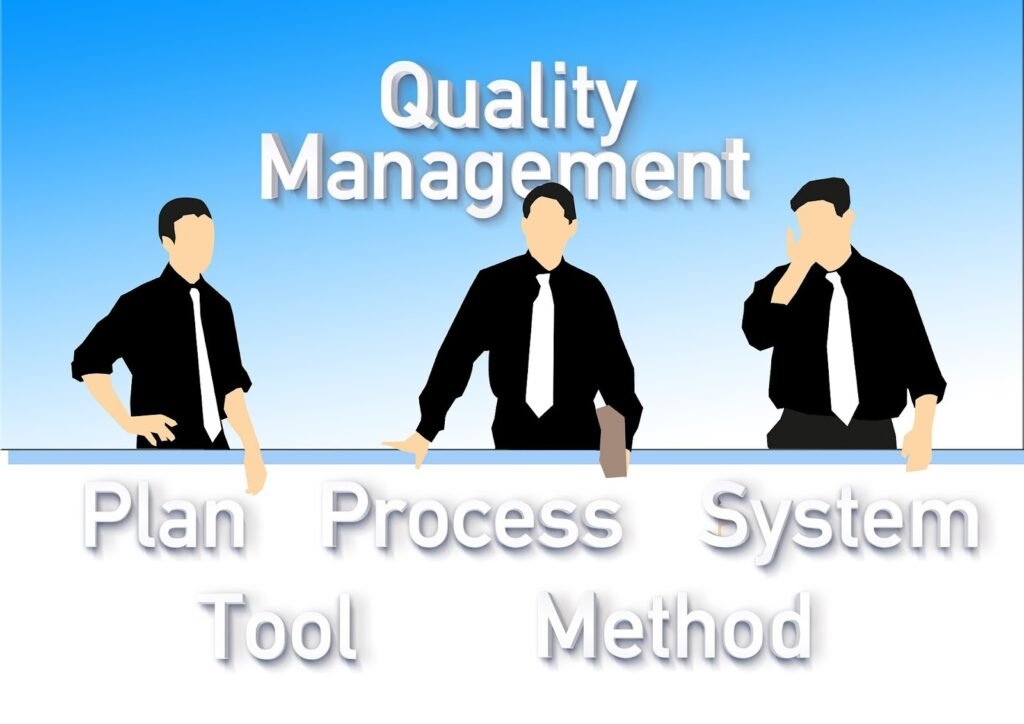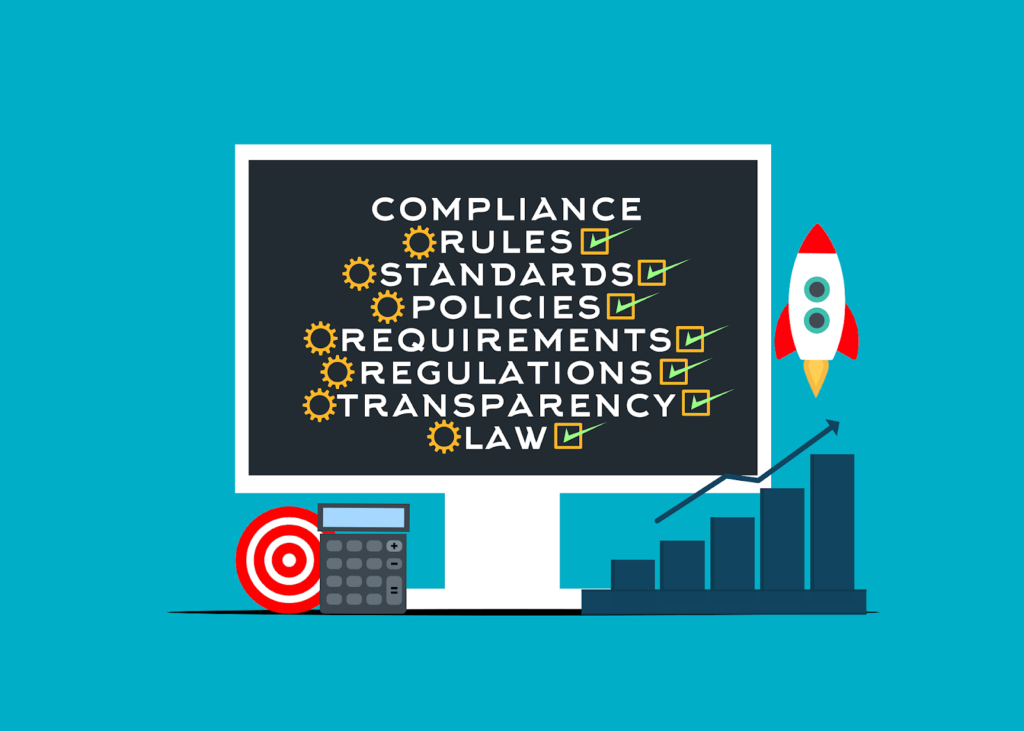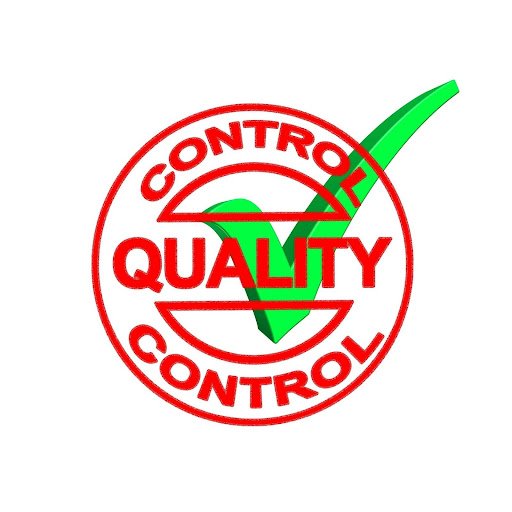Quality Management System (QMS) software offers a comprehensive suite of applications that streamline every aspect of a quality program. A QMS software digitises and automates functions performed by a quality management officer, enhancing traceability, collaboration and consistent improvement across operations.
When aligned with a quality management system, a QMS software ensures containment management that includes instantly identifying security flaws and immediately holding back affected materials. The management aims to minimise recall impact and maintain complete compliance with global regulatory standards.
Read on to learn more about the benefits of upgrading to the latest quality management system.
Quality Management System: What Is It?

A Quality Management System (QMS) is a structured framework of policies and processes that ensures compliance with customer and regulatory requirements. Here are some potent features of a thorough Quality Management System:
- The system aims to reduce resource wastage, improve productivity, and enhance customer satisfaction.
- An effective QMS promotes process excellence through flexibility, scalability and integration.
- QMS offers customizable configuration, aligns with company branding, generates insightful reports and connects systems seamlessly.
- The latest quality management systems aim to deliver an intuitive user experience supported by vendors who thoroughly understand a business and industry’s needs.
Quality management systems seamless data flow and when combined with a QMS software, it supports proactive issue resolution.
For instance, a quality management software integrates with other business processes like Manufacturing Execution Systems (MES). This gives a more holistic view of quality across the entire manufacturing lifecycle which makes accountability of the management easier.
7 Reasons for Upgrading to QMS Software

Upgrading to quality management system software enables organizations to move beyond manual and error-prone processes. Here are 7 reasons for every organisation to opt for the latest quality management system to align with quality management software:
- Quick Implementation
Modern quality management software offers easy deployment with minimal disruption. Cloud-based systems enable businesses to digitise quality processes faster. It allows faster and more convenient compliance to achieve quality goals without any complex system integration. The latest quality management software enables evaluation, monitoring and management of suppliers to maintain quality of incoming materials.
- Scalable to Needs
The latest QMS software grows with the size and complexity of an organisation. It adapts to evolving business requirements and ensures the smooth expansion of start-ups into established companies. Scalable quality management software supports new product lines, additional users and diverse quality processes while maintaining the standard of operations.
- Integrated Platforms
Quality management software ensures seamless integration with ERP, CRM and PLM systems. This unified quality data across functions, enhances traceability and ensures evidence-based decision-making through clear communication channels. The software aims to reduce manual work, eliminate data silos and enable a connected ecosystem that ensures real-time quality visibility.
- Cloud-Based Management
Cloud-based QMS software offers online and offline access to data and documents. It allows global collaboration and automatic updation of systems. Cloud solutions improve flexibility, support remote audits and reduce maintenance costs. Compliance is ensured through centralised and easily accessible quality management tools.
- Quick Containment Actions
Automated workflows in QMS software help teams identify, contain and resolve issues rapidly. Real-time alerts and root cause analysis tools minimize production downtime and prevent recurrence. This proactive approach strengthens risk management processes and enhances customer satisfaction through CAPA (corrective and preventive actions).
- Automated Audit Management
QMS software simplifies the audit lifecycle by scheduling, tracking and reporting incidents. It ensures compliance readiness due to real-time monitoring and instant access to documentation. Automating internal audits reduces risks of manual errors, saves time and improves transparency. This also helps in achieving the confidence of stakeholders during regulatory inspections.
- Consistent Training Management
Integrated training modules in a QMS software ensure every employee is qualified for their role. Automated reminders, competency tracking and digital records help maintain compliance. This ensures workforce readiness, minimises human error and promotes a culture of quality by acquiring the latest technological skills.
Conclusion
Businesses are rapidly transitioning from manual quality management systems to intelligent quality management software. The software aims to ensure efficiency, accuracy and compliance. Automated solutions eliminate repetitive tasks, streamline audits and provide real-time insights for better decision-making. Cloud-based platforms help achieve faster implementation and maintain consistent quality across operations. Organisations are able to adapt to changing processes quickly, reduce risks and maintain a competitive advantage in a data-driven marketplace.
Frequently Asked Questions
- What makes a quality management system good?
Answer: A good quality management comprises committed leadership that makes evidence-based decisions, management that focuses on customer satisfaction and proper training and employees engaged in consistent improvement and maintaining compliance with global standards to maintain long-term success.
- What are the key prerequisites of a quality management system?
Answer: Key prerequisites of a quality management system are committed leadership, clear objectives, employee involvement, process control and continual improvement mechanisms. Adequate resources and continuous training of employees are also essential for a thorough quality management system.
- What is the best way to implement a quality management system?
Answer: The best approach involves understanding organisational needs, defining quality objectives and integrating the latest quality management software. The aim is to maintain audit trails, monitor performance metrics and provide real-time visibility to help organisations meet industry standards.
- How does quality management software ensure compliance?
Answer: A quality management software ensures compliance by automating documentation, standardising workflows and maintaining audit trails. It integrates regulatory requirements, monitors performance metrics and provides real-time visibility to help organisations fulfil legal obligations.
- Can quality management software replace a paper-based quality assurance system?
Answer: The latest quality management software replaces paper-based processes with digital solutions. From electronic work functions and quality checks to fully digital audit trails and genealogy records, a quality management system with a corresponding quality management software can do it all.


